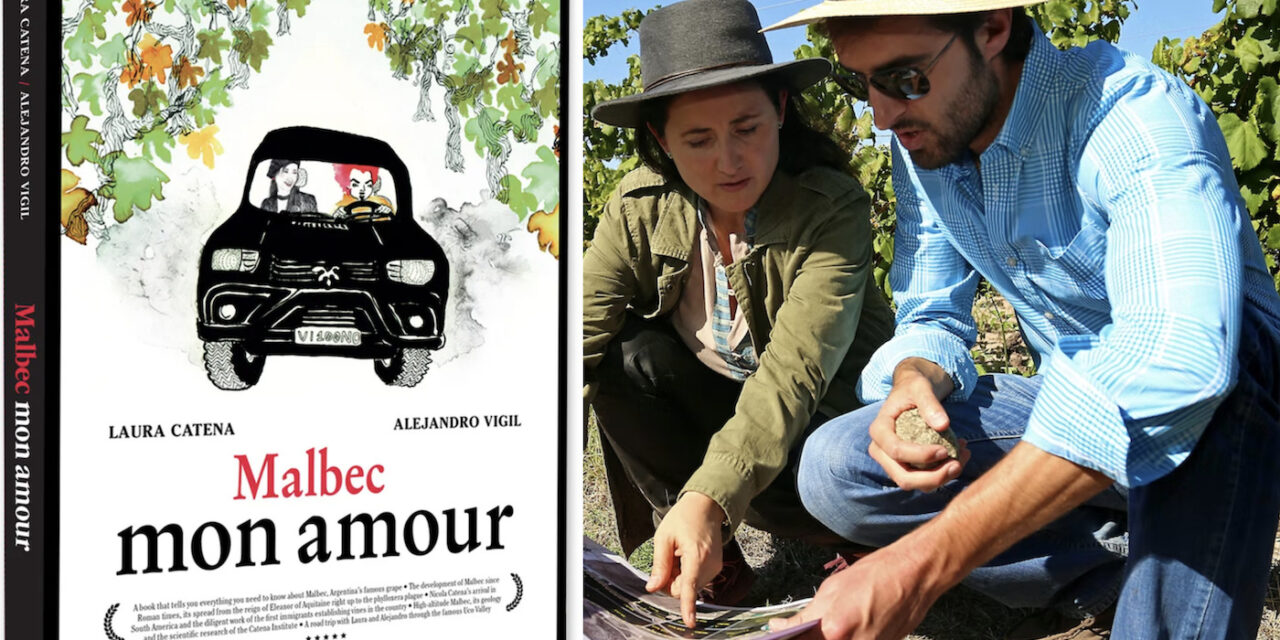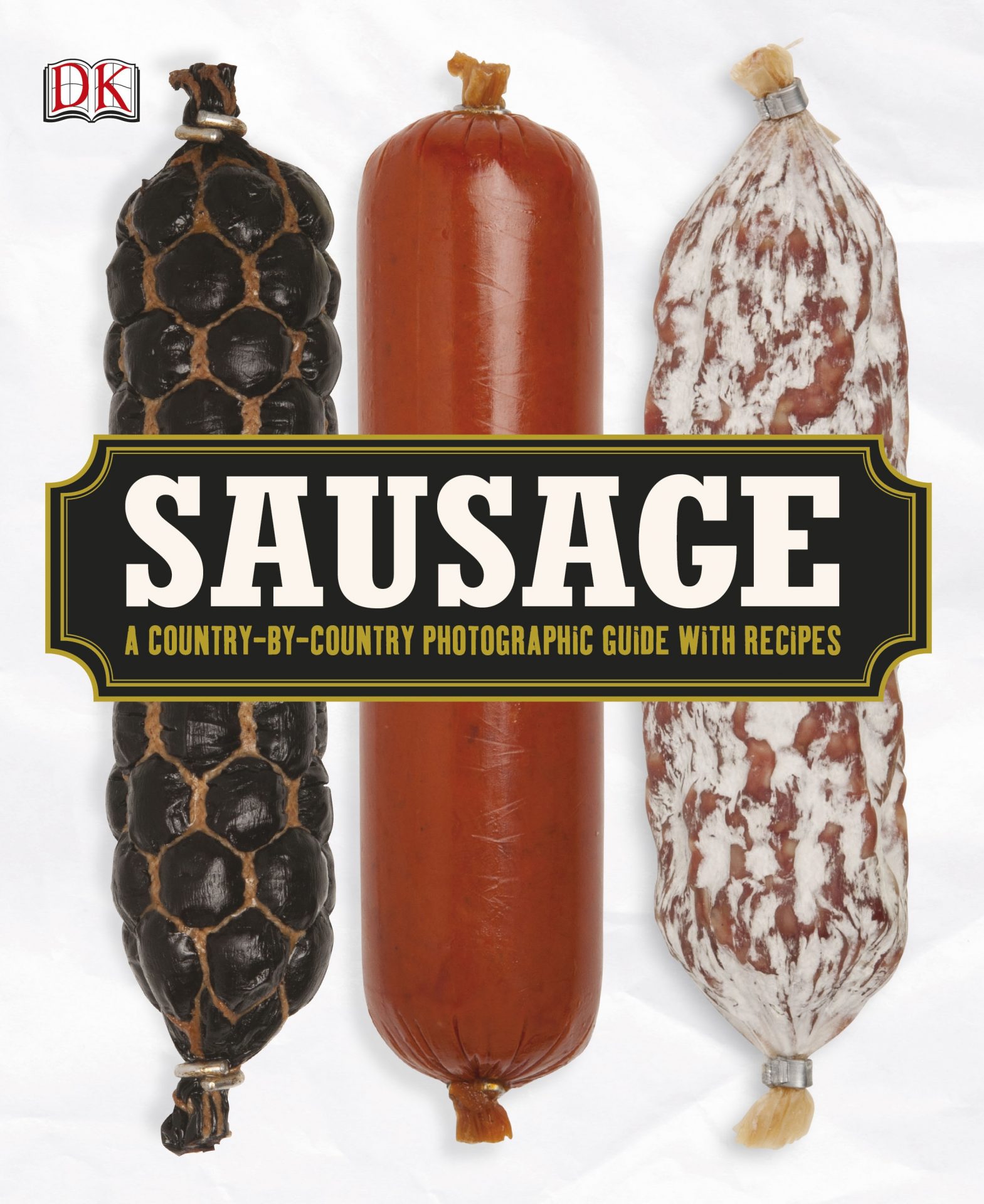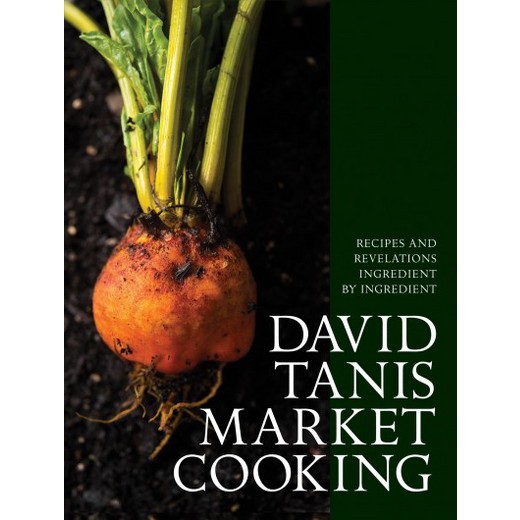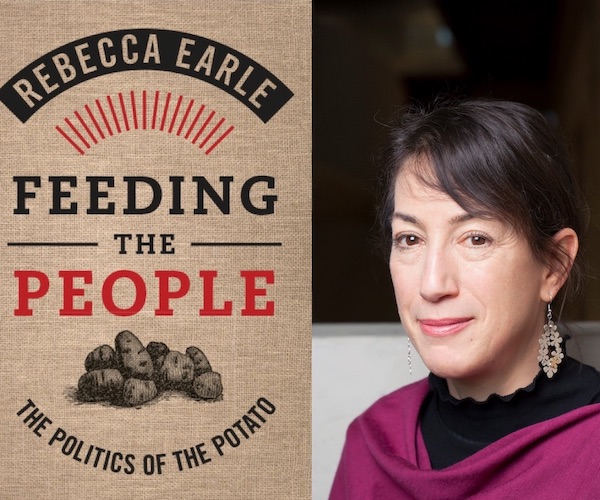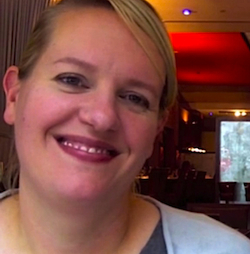Malbec mon amour by Laura Catena & Alejandro Vigil (Catapulta)
Over the spring and into this summer I’ve been dipping out of this fascinating… well… I guess one would call it a coffee table book, and each and every time I drop back into it I find it more and more enchanting.
Full disclosure: I’m extremely fond of the author (and veritable polymath) Laura Catena, having broken bread and enjoyed many a glass of wine, and a whole load of laughs with her over my decades in the wine world. Throughout the course of the damn pandemic/lockdown, she has oft been my voice of reason from afar.
As I read through Malbec mon amour, I’ve been wondering for whom this book is written, its target audience, as it is deliciously accessible (especially because of the meanderingly romantic lyrical style of the myriad sidebars), but there’s a shedload of hard-factual stuff in here, especially when it comes to soil analysis of vineyards and the like, enough to keep any dirt-nerd truly satiated. And yet, understanding these contradictions, it’s a damn good read for all parties.
Throughout the book one will find sections that read in a two-handed conversational style, with the missives flipping back and forth betwixt Catena and Vigil. This device can be distracting at first, but quickly becomes a comfortable structure for the reader, and I often found myself looking forward to the other collaborator’s take on the topic at hand. I discovered only this very week that this book was some 15 years in the making, and much of this toing and froing is due to the fact that much of it was extracted and curated from mountains of email, text, and phone discussions between Catena and Vigil over this decade and a half. These exchanges are carefully arranged throughout the chapters and provide a fascinating pacing to the entire book.
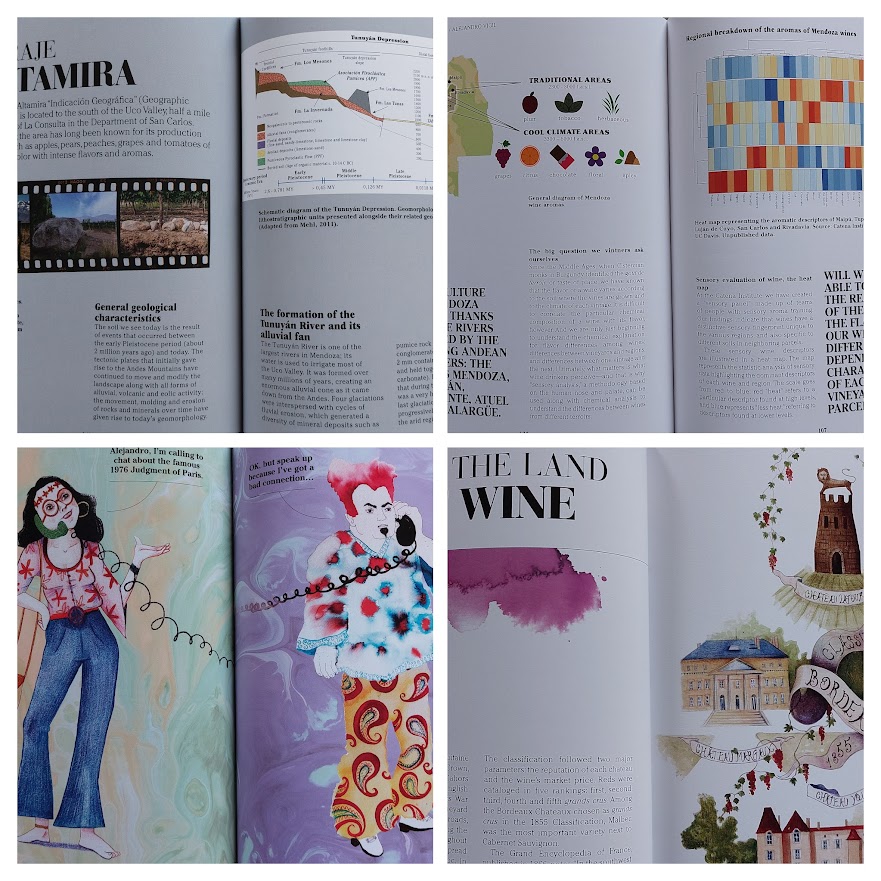
From the grape’s first recorded mention circa 150 A.D. down in the Roman city of Cahors (née Divona), France, through it’s journey to Argentina in 1853, to the manner in which it brought about a vinous revolution in their home country of Argentina, it makes for a most entertaining read. The aforementioned exchanges bringing a heartwarming dose of humour, alongside the playfully whimsical illustrations. I should probably note here that the technical illustrations are anything but naive, and actually put many of those in most other wine books to shame.
In parallel with the historical narrative is the story of the Catena Zapata family and how integral they have been at almost every step of the Argentinian Malbec story. The importance of family is a theme that threads it way throughout the entire book.
Of particular interest to me was the chapter dedicated to the geology of Mendoza, strongly stating the case for Malbec being a grape, much like the mighty Riesling, that can seen as being the perfect conduit for the translation of terroir into the wine glass. The sections that follow, containing intimate breakdowns of the various territories throughout Mendoza, were a real treasure trove for an information sponge like me.
All through the chapters, the writers’ collective passion for the Malbec grape is palpable, and never comes over as anything but wholly genuine.
The book closes with some meditations upon pairing wine with music (and art), something I have been deeply suspicious of for a couple of decades now, as I simply find it all so very subjective and personal. All this being said, the authors approach the concept with the most generous of hearts, and left me smiling about many of their suggested pairings, even if I didn’t necessarily agree with them.
A terrific book, and certainly not just one for the Malbec fans out there.
![]()
(Five out of a possible five apples)

